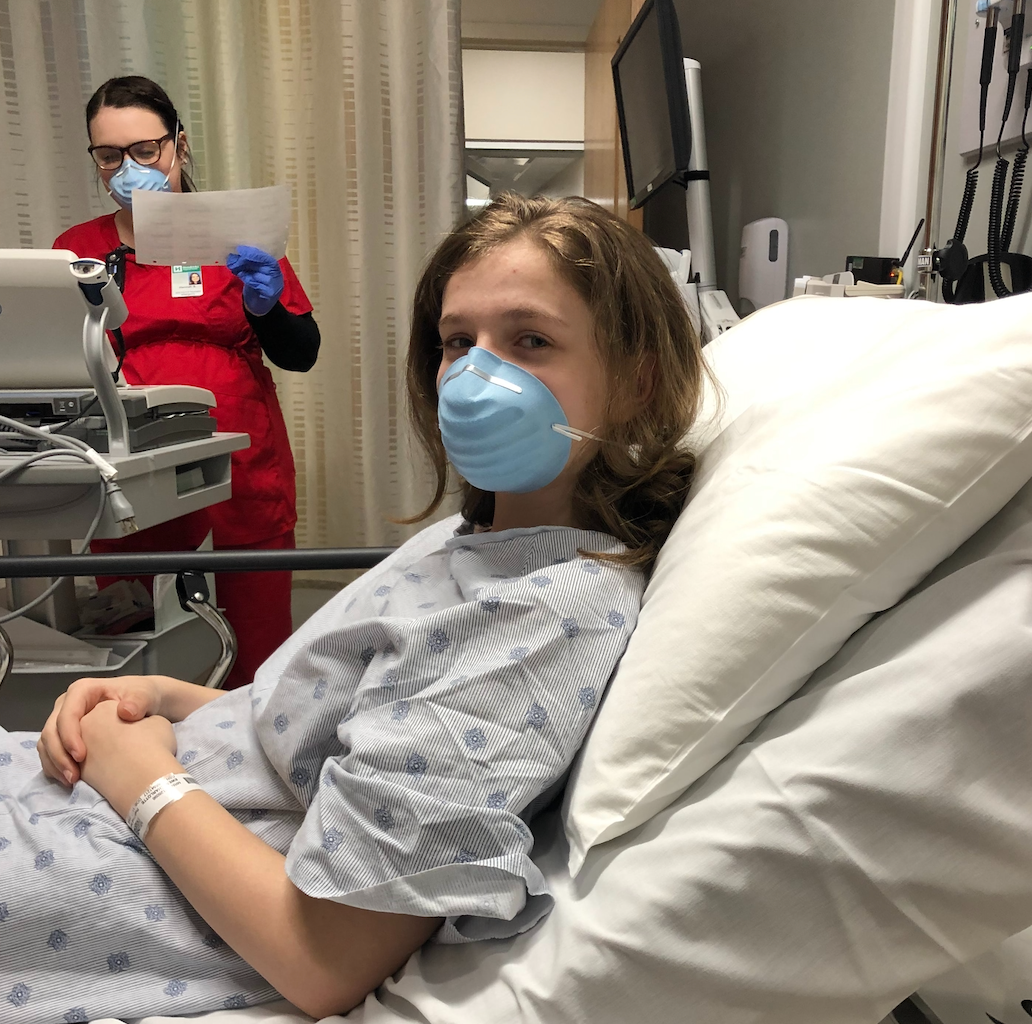Antibiotic Therapy Often Used Improperly in Kids with MIS-C Related to COVID-19
Most children with multisystem inflammatory syndrome in children (MIS-C) associated with COVID-19 receive improper antimicrobial treatment, according to a recent study that highlights an urgent need to improve diagnosis and treatment of the condition.

The rise of multisystem inflammatory syndrome in children (MIS-C) associated with COVID-19 has created a difficult landscape for clinicians navigating treatment of infections with the need for antimicrobial stewardship.
While bacterial infection is rare in patients with MIS-C, clinical presentation of MIS-C overlaps with other life-threatening bacterial infections, complicating decisions about whether to start, continue or end antibiotic treatment, authors of a recent study in Poland noted.
The study, published in International Journal of Infectious Diseases, included 345 children in 42 cities in Poland with MIS-C between June 2020 and April 2021. The MultiOrgan Inflammatory Syndromes COVID-19 Related Study (MOIS-CoR Study) found that most study participants (310, or 90%) received at least one antibiotic, the most common being third-generation cephalosporins. Three different classes of antibiotics were administered to 14% of children.
“Overall, use of broad-spectrum antimicrobials (third generation cephalosporins, meropenem, vancomycin, aminoglycosides) in monotherapy or combination therapy was common,” the study authors, led by Kacper Toczylowski, MD, PhD, of the Department of Pediatric Infectious Diseases at Medical University of Bialystok, wrote.
Among those who received broad-spectrum antibiotics, 87% were treated for more than three days and 13% for less than three days. The duration and type of antimicrobials used didn’t change after Polish guidelines on the treatment of MIS-C were published in December 2020.
“The problem of inadequate antibiotic therapy is noticeable in both children and adults as early as in the treatment of SARS-CoV-2 infection itself,” the authors noted. “With respect to MIS-C treatment, antibiotic treatment should be terminated as soon as the MIS-C diagnosis is established or when negative results of the microbiological examination are obtained.”
Antibiotics were most likely to be given to children with symptoms of respiratory tract infections, increased serum concentration of C-reactive protein over 100 mg/L, or procalcitonin over 2 µg/L, and all infants in the study were given antimicrobials.
The authors called the high use of antibiotics “alarming.”
“The publications we analysed as well as the data from our study indicate an urgent need to provide the most accurate diagnostic criteria for the identification of MIS-C and to promote them widely in order to avoid the prolonged use of broad-spectrum antibiotics in children with this complex disease entity,” the authors wrote. “It seems that, due to the disease pattern and the similarity of symptoms to serious bacterial infections, it will be difficult to avoid antibiotic use in the initial phase of treatment. The emphasis should be placed on early withdrawal of antibiotics after the diagnosis is made.”
Antimicrobial-resistant infections and deaths increased at least 15% during the COVID-19 pandemic, according to a recent report by the Centers for Disease Control and Prevention.
Daniel McQuillen, MD, FIDSA, president of the Infectious Diseases Society of America, recently released a statement calling for systemic changes to protect public health from antimicrobial-resistant infections.
“This is no longer a future crisis but one that is at America’s doorstep and needs to be addressed now,” he said. “Whenever there are high levels of hospitalizations, rates of antimicrobial-resistant infections and deaths will likely further increase unless we take steps to prevent them.”
He called for federal funding for antimicrobial resistance programs, including surveillance, prevention and development of new antibiotics and stewardship efforts.
“Taking action now will save lives,” he said.
2 Commerce Drive
Cranbury, NJ 08512
All rights reserved.
